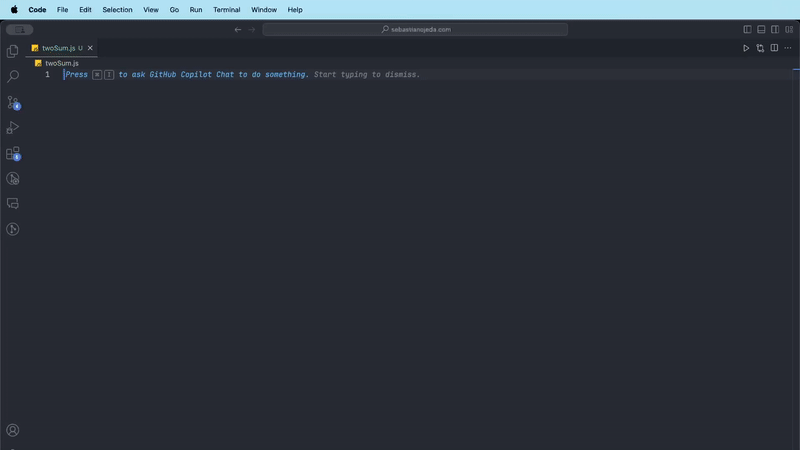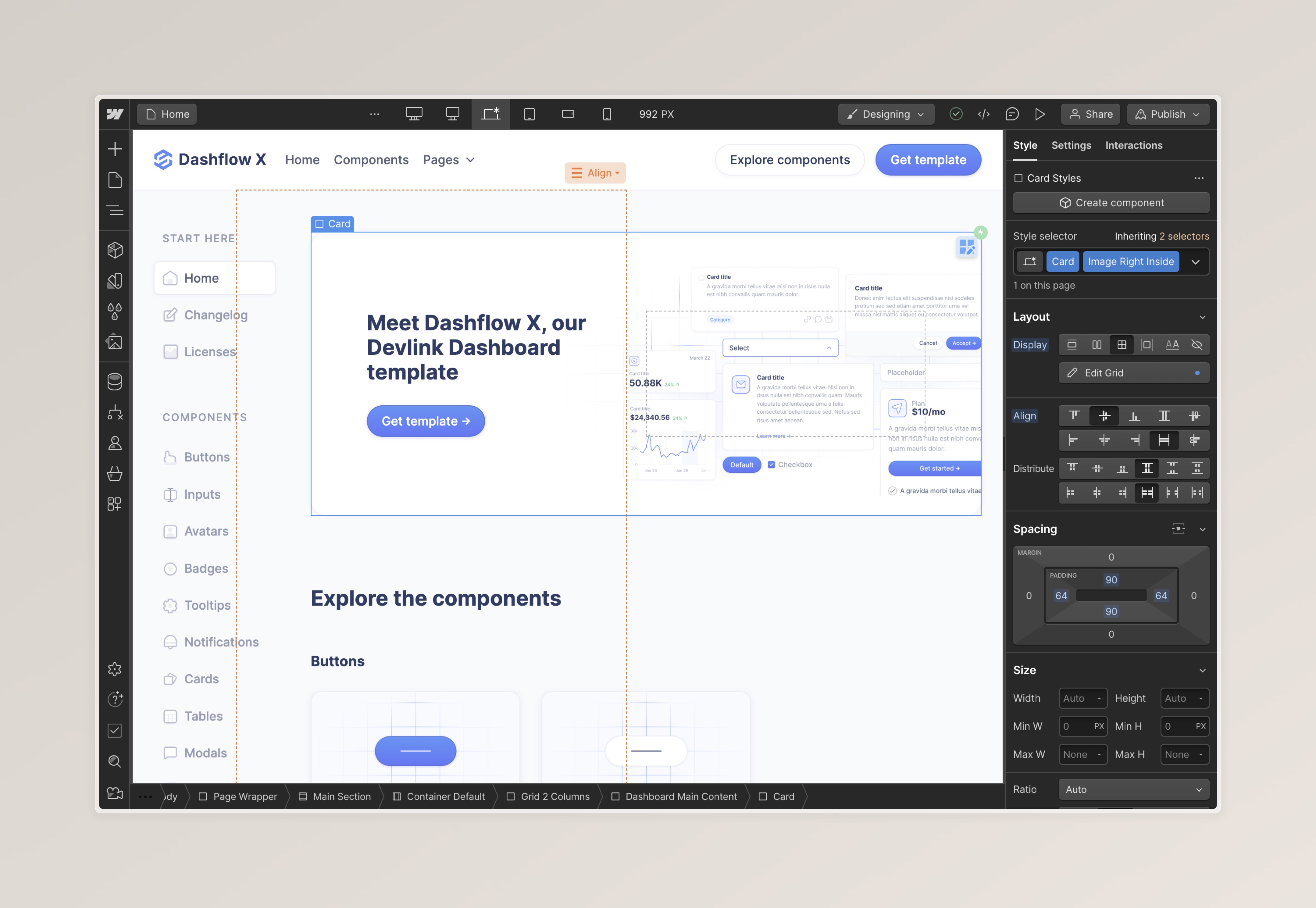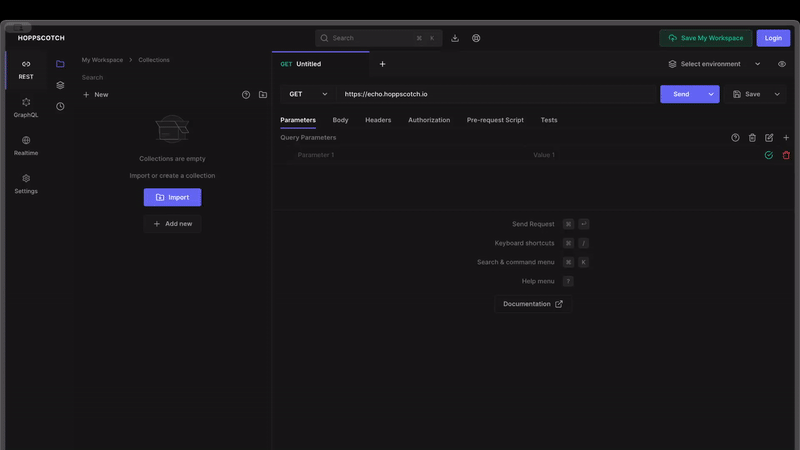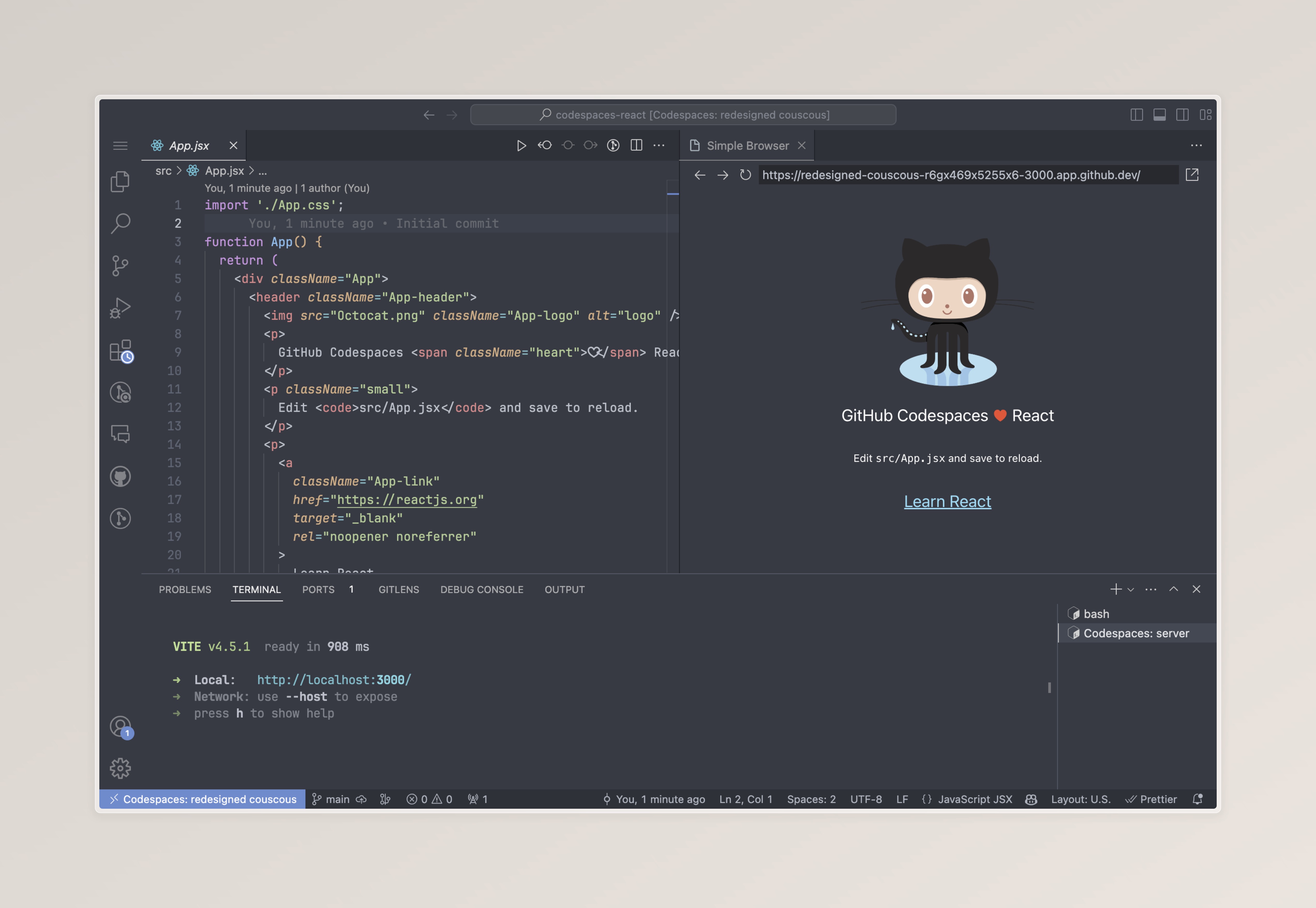As software development continues to sprint forward, industry professionals are constantly adapting to new trends and technologies. These shifts promise to carry us into a future where development is faster, smarter, and more accessible. This non-exhaustive list delves into some of the latest trends that are charting new courses in the software development realm.
#AI and Machine Learning Integration:
Artificial intelligence has transitioned from a futuristic concept to an integral tool in the developer's kit. AI and ML are now at the forefront, driving innovation across the board. For instance, automated testing and debugging powered by AI have significantly reduced development cycles and improved software quality.

#Low-Code/No-Code Platforms:
The proliferation of low-code/no-code platforms is a testament to the industry's shift towards inclusivity and efficiency. These platforms have opened the doors for non-technical creators to construct applications, thereby expanding the creative pool and accelerating digital transformation.

#DevSecOps:
In the wake of high-profile security breaches, the integration of security into the software development life cycle—DevSecOps—is becoming a standard practice. This trend signifies a shift from reactive to proactive security measures.
Read the Global State of DevSecOps 2023 report, based on a survey of over 1,000 IT professionals.
#Cloud-Native Technologies:
Embracing cloud-native technologies means more than just operating in the cloud. It signifies a commitment to a resilient, flexible, and scalable application structure. Technologies like containers and orchestration have redefined the boundaries of development and deployment.
The Cloud Native Computing Foundation (CNCF) is a community-driven organization that supports cloud-native technologies and communities.
#Progressive Web Apps (PWAs):
The bridge between web experiences and mobile usability is being fortified by the emergence of Progressive Web Apps. These apps promise to deliver device-agnostic user experiences with the reach of the web and the capabilities of native applications.

#Remote Development Environments:
The rise of remote work has also given rise to remote development environments. Developers can now access their development stacks from anywhere, bringing about a new era of collaboration and flexibility.

#Conclusion:
The software development industry is not just experiencing a transformation; it's riding a wave of revolutionary change. As we adapt to these trends, we not only enhance our capabilities but also redefine what's possible in the digital world. The future is bright, and it beckons with a promise of innovation, inclusion, and intelligence.